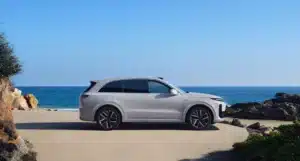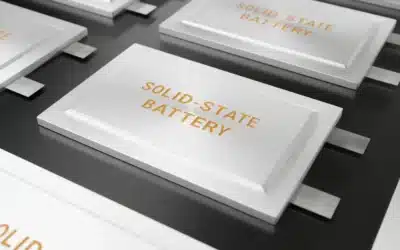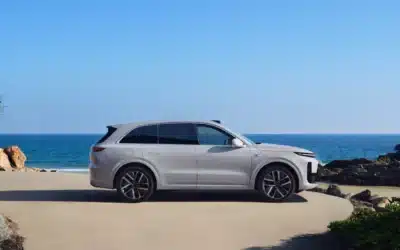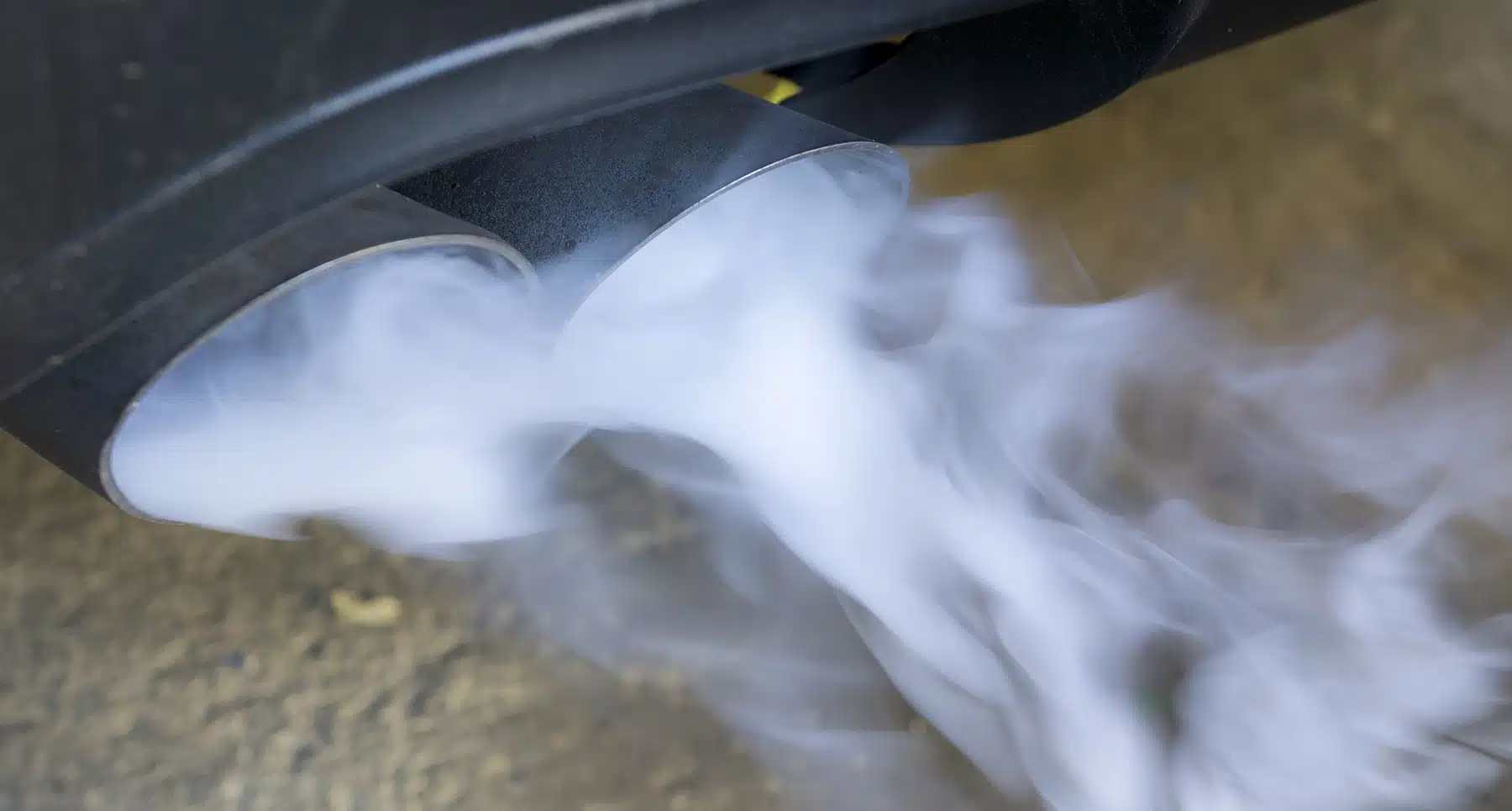
Are you feeling guilty about your carbon footprint? You’re not alone. Lots of people are trying to be more sustainable in their lives. Whether it’s eating more plant-based foods, taking fewer flights, or reducing your energy use. But switching to an electric car represents a big step in the right direction.
In fact, the average annual CO2 saving of switching from a diesel SUV to an electric SUV is between 3 and 5 tonnes, based on driving around 16,000km. That’s the equivalent of up to 4 years’ use of home air conditioning by the average Emirati family.
The big differences between an electric car and a standard petrol vehicle
Fully electric vehicles (EVs) are powered entirely by an electric motor, which draws its energy from rechargeable batteries.
In contrast, traditional, or ICE (that stands for ‘internal combustion engine’) vehicles rely on the combustion of fossil fuels, such as gasoline or diesel, to power their engines. The burning of these fuels releases greenhouse gases, including CO2, into the atmosphere, contributing to climate change.
EVs don’t produce any direct tailpipe emissions, unlike ICE cars, which emit CO2, nitrogen oxides, and particulate matter and other pollutants from their exhausts. By using electricity as their power source, EVs avoid the release of harmful emissions during driving, significantly reducing their environmental impact.
What role does power generation have?
With the increasing share of renewable energy in the electricity grid mix, such as solar and wind power, the so-called carbon intensity of electric car charging is also continuously decreasing.
According to a study by the International Council on Clean Transportation (ICCT), electric vehicles emit, on average, 66-69% fewer greenhouse gas emissions than their ICE counterparts over their lifetimes when considering the full cycle of energy production, vehicle manufacturing, and disposal.
This figure takes into account emissions from electricity generation, with the expectation that the carbon intensity of the grid will continue to decrease as renewable energy sources become more prevalent.
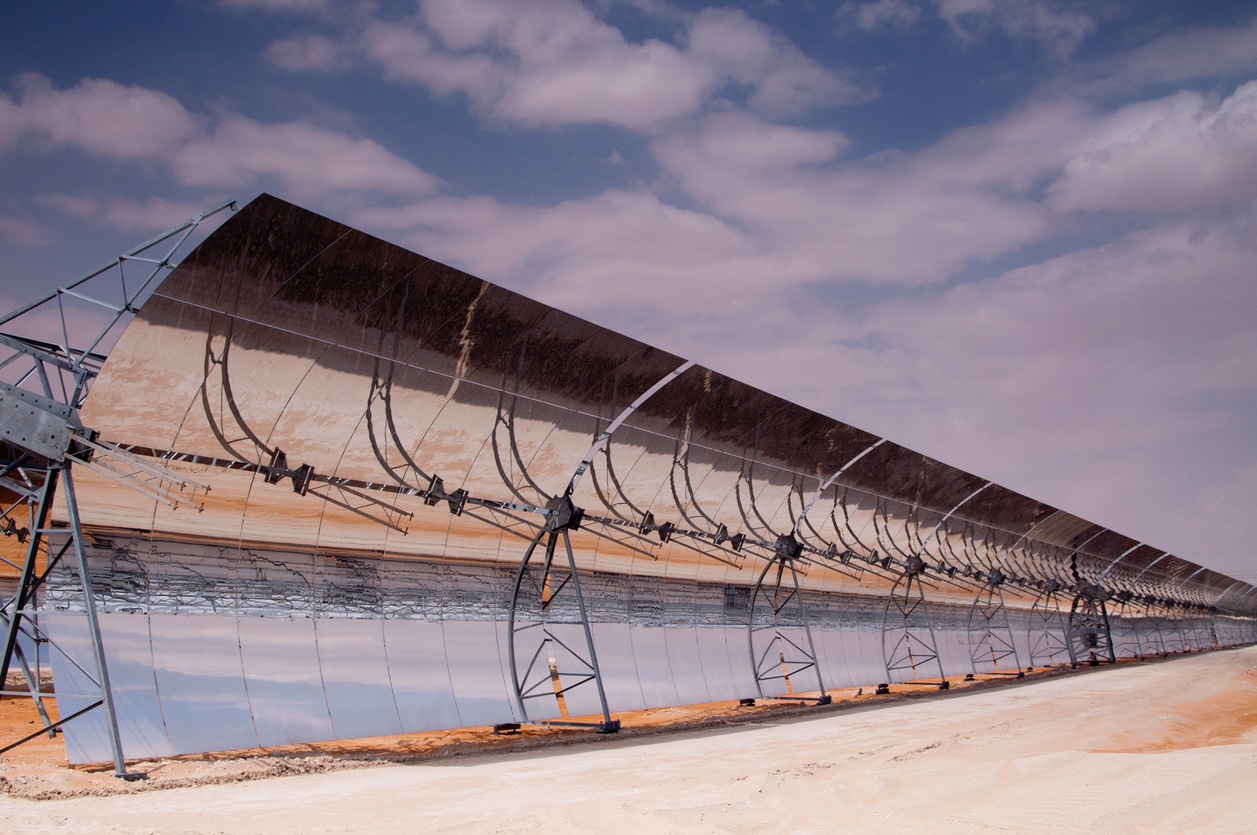
Renewable energy is becoming more available, generated at installations like this solar power plant in Zayed city, Abu Dhabi. Picture by Michael Xiao, iStockPhoto.
Is it true that the EV manufacturing process produces more carbon?
Simple answer is yes, the production of electric vehicles and their batteries can have a higher carbon footprint than the manufacturing of ICE cars. However, this difference is more than offset over the life of the vehicle.
A study by the European Environment Agency (EEA) found that even with the additional emissions from battery production, an average electric car still emits 17-30% less CO2 over its lifetime compared to a conventional car. As battery technology advances and production becomes more efficient, this gap is expected to widen.
Lower emissions from maintenance
Electric vehicles require less maintenance than ICE cars, as they have fewer moving parts and no need for oil changes, exhaust system repairs, or other services related to internal combustion engines. This translates into a reduced demand for replacement parts and manufacturing processes, which also contribute to lower overall emissions.
Switching to an electric car from a standard ICE car can significantly reduce an individual’s carbon emissions, with lower emissions during operation, manufacturing, and maintenance. As the charging infrastructure expands and the electricity grid becomes greener, the benefits of electric vehicles will only grow. By making the switch, drivers can contribute to a cleaner, more sustainable future and help mitigate the devastating effects of climate change.
If you want to calculate the CO2 savings you could make, online tools like Olive Gaea can give you an estimate.



